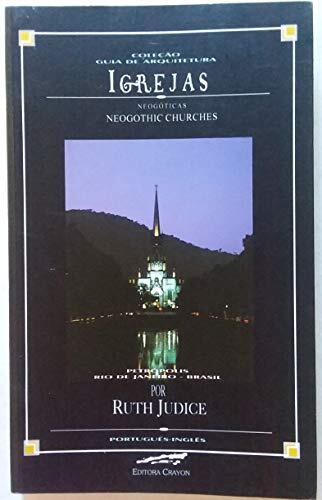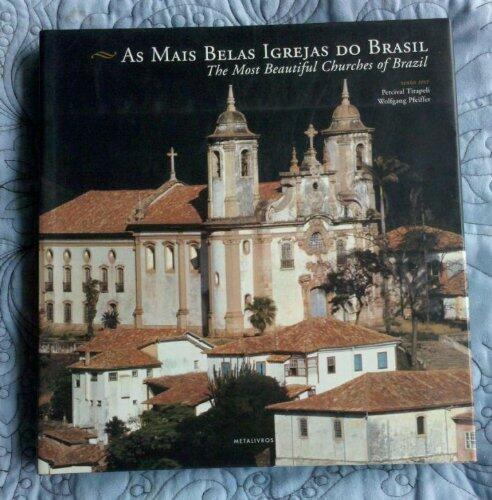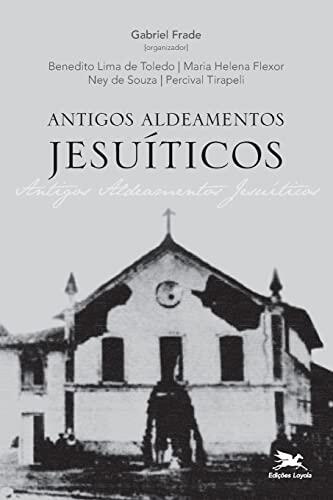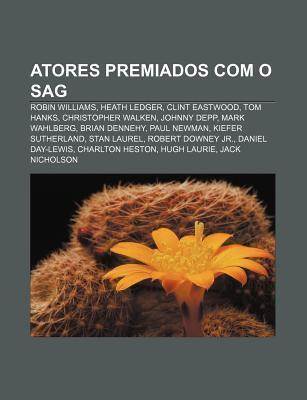
Vida e morte de um mosteiro cisterciense S. Paulo de Almaziva: Hoje S. Paulo de Frades, c. Coimbra : séculos XIII-XVI
Language: Portuguese
Format: Paperback
ISBN 10: 9728288859
ISBN 13: 9789728288853
Publication date:
January 1st, 1998
Publisher: Edições Colibri
Pages: 328
Genres: Religion & Spirituality
In an exploration of the historical significance of a former Cistercian monastery, the narrative unfolds the life and eventual decline of the Monastery of São Paulo de Almaziva, now known as São Paulo de Frades, located near Coimbra. Through meticulous research, Maria José Azevedo Santos delves into the Monastery's pivotal role from the 13th to the 16th centuries, shedding light on the cultural and religious impact it had on the region during a transformative period in Portuguese history.
Santos intricately weaves together accounts of monastic life, detailing the routines and spiritual practices that defined the daily existence of the monks. The author touches upon the architectural developments of the monastery, illustrating how its structure mirrored the evolving beliefs and values of the time. This commentary on the physical space serves as a testament to the Cistercians’ commitment to simplicity and discipline.
In addition to chronicling the monastery's everyday activities, Santos examines the external factors that contributed to its decline, providing context around socio-political changes and shifts in religious influence. The demise of such an institution reflects broader trends within Portuguese society, allowing readers to grasp the intertwined nature of faith and historical events.
Throughout, the work is supported by comprehensive bibliographical references and indexes, enabling further exploration of the subjects at hand. This thorough historical account not only enriches the understanding of São Paulo de Almaziva but also invites readers to reflect on the legacy of monastic communities in shaping the cultural landscape of Portugal.
Santos intricately weaves together accounts of monastic life, detailing the routines and spiritual practices that defined the daily existence of the monks. The author touches upon the architectural developments of the monastery, illustrating how its structure mirrored the evolving beliefs and values of the time. This commentary on the physical space serves as a testament to the Cistercians’ commitment to simplicity and discipline.
In addition to chronicling the monastery's everyday activities, Santos examines the external factors that contributed to its decline, providing context around socio-political changes and shifts in religious influence. The demise of such an institution reflects broader trends within Portuguese society, allowing readers to grasp the intertwined nature of faith and historical events.
Throughout, the work is supported by comprehensive bibliographical references and indexes, enabling further exploration of the subjects at hand. This thorough historical account not only enriches the understanding of São Paulo de Almaziva but also invites readers to reflect on the legacy of monastic communities in shaping the cultural landscape of Portugal.











